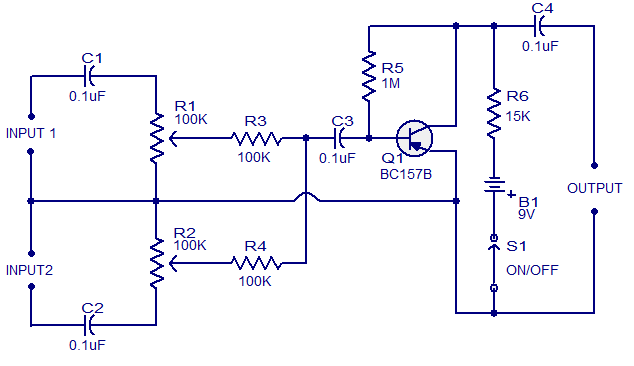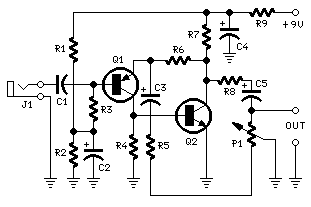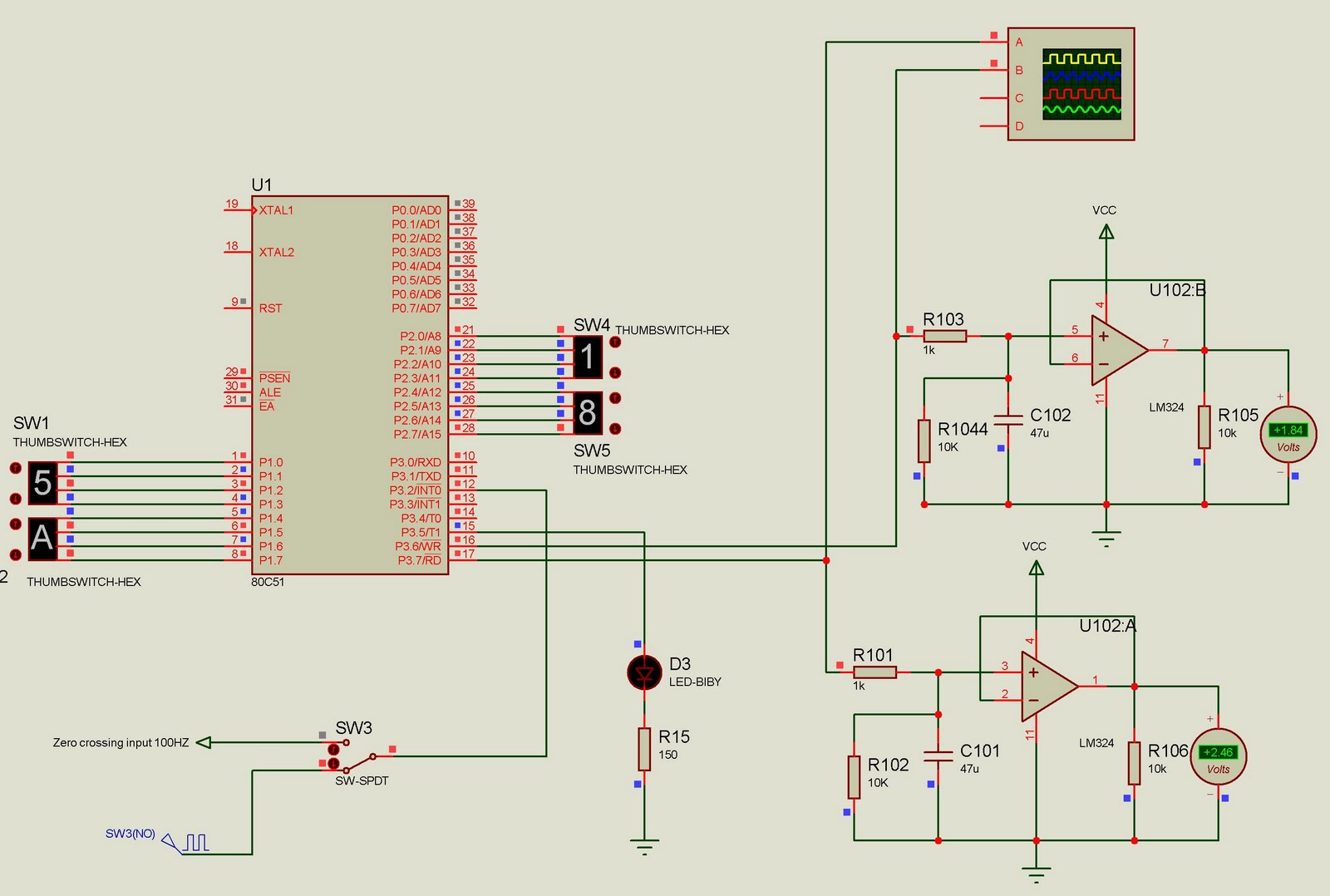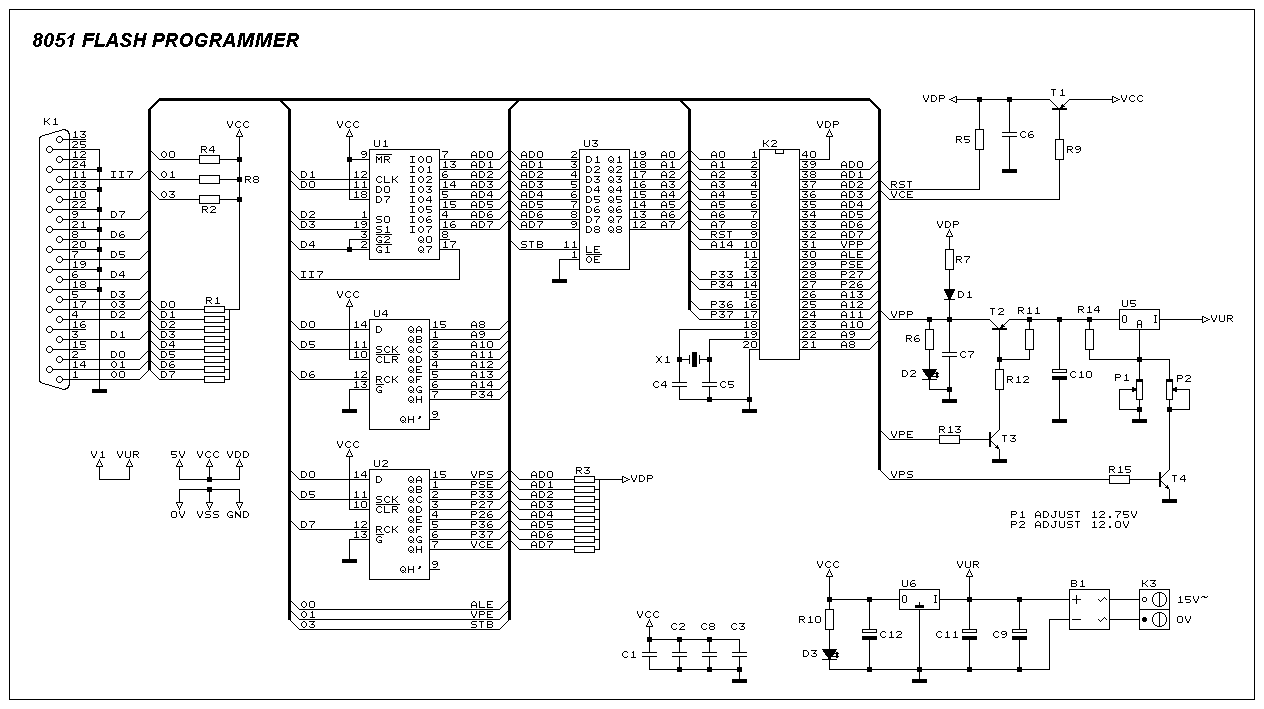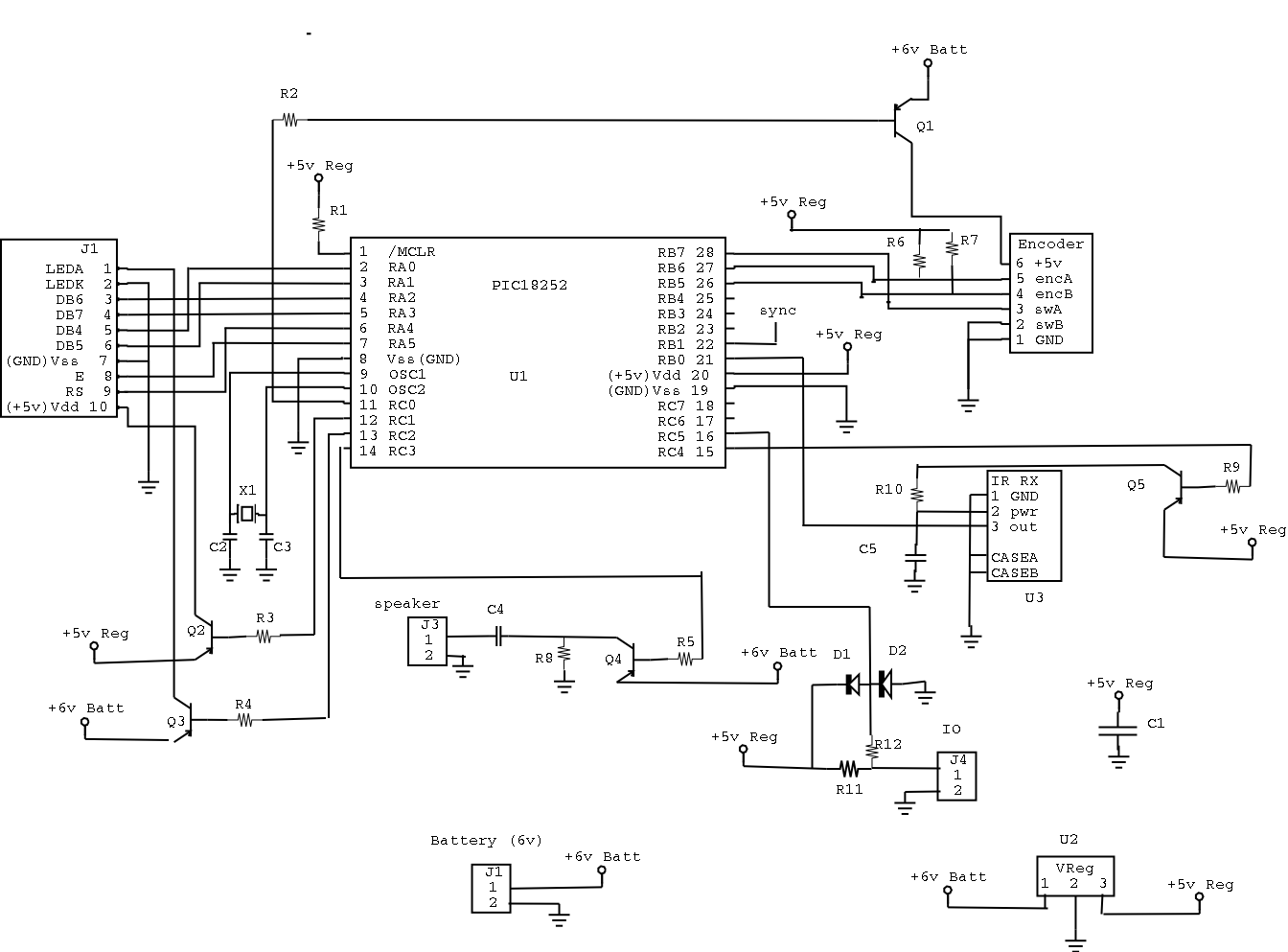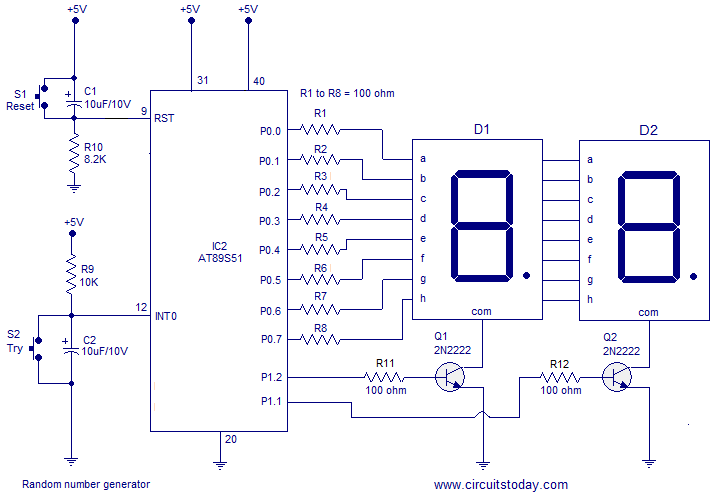
A potentially novel pre-amp for electret mic capsules which have their internal FETs Drain and Source connections available separately
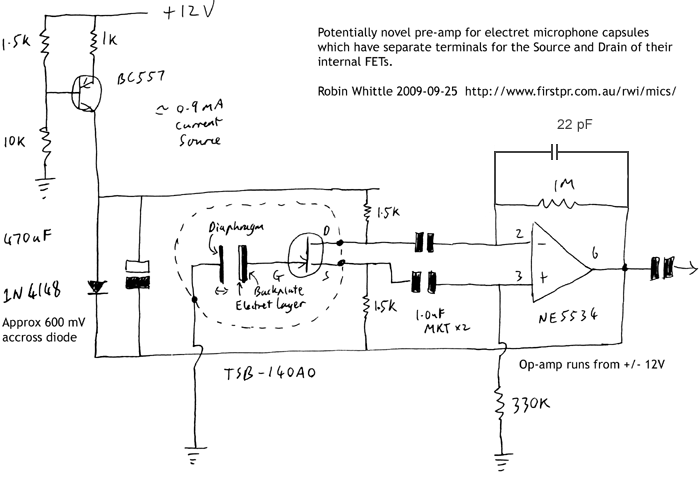
This circuit may be of interest to individuals designing preamplifiers for electret and externally polarized condenser microphones that lack an internal FET. If the noise from a single FET is a limiting factor, utilizing two or four FETs in parallel could be beneficial. Some "two-terminal" electret microphones can be modified to allow separate access to the Source and Drain of the internal FET. This modification, along with a new biasing arrangement for the modified capsule, is referred to as the "Linkwitz modification," popularized by Siegfried Linkwitz. The testing arrangements may not provide highly accurate absolute sound levels, as a basic sound meter was employed, yielding accuracy within a few dB SPL. The tests focused on a 1 kHz frequency range at sound levels between 110 dB SPL and 140 dB SPL. Frequency response and background noise measurements have not yet been conducted, nor have listening tests. The microphones are 14 mm in diameter and utilize a "back electret" design featuring a layer of charged fluoropolymer on the front of the backplate. The diaphragm is made of 3 µm thick aluminized mylar, with the aluminization layer grounded on the front. The back of the capsule includes Ground, Source, and Drain connections. For the capsule depicted in the provided photo, Ground corresponds to the gold-plated tracks, Drain is located at the upper left, and Source is at the lower right. Access to the backplate is limited to the gate of the FET, necessitating all interactions to occur through the FET's Source and Drain. The specific FET in use does not appear to be among those currently produced by NEC. Current models have similar specifications, suggesting that this preamplifier design may be compatible with other FETs aside from the 2SK1109. It is noted that the FET's only markings, "J34," likely indicate it is a 2SK1109, as indicated by Richard Crowley from the Micbuilders list. The choice of the 2SK1109 for this capsule may be due to its long pins, which facilitate soldering to the PCB, with the Gate pin bent over to contact the gold-plated stud. It is unclear whether NEC continues to manufacture this specific package for other companies. The left diode, connecting Gate to Source, is a natural characteristic of any N-channel J-FET, while no diode is illustrated between Gate and Drain. This diode exhibits a high resistance. A right diode does appear to exist, with the cathode connected to Gate and the anode to Source, although its exact representation may vary, as the datasheet specifies a "Gate Cut-off Voltage" that permits the Gate to be 1.0 volts negative relative to the Source. The resistor shown in the diagram does not exist in such a straightforward manner; the datasheet lacks information on it, but similar FET datasheets refer to its role in stabilizing the Gate voltage to a desired level. In the absence of diodes or a "resistor" linked to the Gate, an external component, like a resistor of hundreds of megohms or giga-ohms, would be necessary to stabilize the backplate and Gate voltage at an appropriate level, potentially between the Source and Drain voltages or slightly below the Source voltage. It is hypothesized that the "resistor" facilitates average stabilization of the Gate voltage at a point between the Source and Drain voltages. In conventional methods for driving these capsules, high sound pressure levels (SPLs) can result in significant fluctuations in the Source or Drain voltages, leading to current variations through the capacitance of the system.
The circuit design focuses on optimizing the performance of electret microphones by employing a preamplifier configuration that enhances sensitivity and reduces noise. The arrangement allows for the integration of external FETs, which can be beneficial in applications where the inherent noise of a single FET becomes a limiting factor. By parallelizing multiple FETs, the overall noise performance can be improved, thereby enhancing the signal-to-noise ratio of the microphone output.
The Linkwitz modification serves as a pivotal enhancement for electret microphones, allowing for better control of the biasing conditions and improved access to the FET's Source and Drain terminals. This modification can facilitate more precise adjustments to the microphone's performance characteristics, particularly in high SPL environments where traditional configurations may struggle.
In addition to the physical characteristics of the microphone capsule, attention must be given to the electrical characteristics of the FETs used in the circuit. The choice of FET, such as the 2SK1109, is crucial for achieving the desired electrical performance. The design must account for the inherent diode characteristics of the FET, as well as the need for stabilization of the Gate voltage through appropriate resistor configurations or external components.
Furthermore, the circuit should be designed with attention to the layout and connections to minimize parasitic capacitances and inductances, which can adversely affect performance. Careful consideration of the grounding scheme and the routing of signals will contribute to the overall fidelity of the microphone system.
Testing and validation of the circuit will involve measuring frequency response, background noise levels, and conducting listening tests to assess performance under various conditions. These evaluations will provide critical feedback for further refinements and optimizations of the preamplifier design, ensuring that it meets the specific requirements of high-quality audio applications.This circuit might also be of interest to people making pre-amps for electret and externally polarized condenser microphones which have no internal FET. (If a single FET`s noise is the limiting factor, perhaps two or four could be run in parallel. ) Some "two terminal" electret microphones can be modified to provide separate access to the Source an
d Drain of the internal FET. This, together with a new arrangement for biasing the modified capsule, is known as the "Linkwitz modification" (Linkwitz mod) and was first developed, or at least first made widely known, by Siegfried Linkwitz : The test arrangements are not necessarily very accurate in terms of absolute sound levels - I was using a cheap sound meter. I guess they are accurate within a few dB SPL. The tests were purely of 1kHz at sound levels between 110 dB SPL and 140 dB SPL. I have not yet measured frequency response or background noise. Nor have I yet done any listening tests. They are 14mm in diameter. They are a "back electret" design with a layer of charged fluoropolymer (I assume) on the front of the backplate.
The diaphragm is 3 um thick aluminized mylar (I assume) with the aluminization layer, which is grounded, on the front. At the back we have Ground, Source and Drain. For the capsule at the lower right of the above photo, the Ground is the gold-plated tracks, the Drain is to the upper left and the Source is to the lower right.
The only access to the backplate we have is through the gate of the FET - so we have to do everything via the FET`s Source and Drain. We need to get to know this device as well as possible. This does not appear to be one of the FETs in current production at NEC. The current ones have rather similar specifications. Maybe this pre-amp design will work just as well with FETs other than the 2SK1109. (Thanks to Richard Crowley of the Micbuilders list who told me that the FET`s only markings - "J34" - mean it is probably a 2SK1109.
) I guess that Transound use the 2SK1109 in this particular capsule because its package has long pins which are amenable to the Source and Drain being soldered to the PCB, with the Gate pin being bent over and pressed against the gold-plated stud. I guess they bought a bunch of them, or that NEC still makes them without having them for sale to other companies.
I don`t think any of the current production NEC FETs have this package. The left diode, from Gate to Source, does exist as a natural part of any N-channel J-FET. However, the same is true of Gate to Drain as well, and no such diode is shown. This diode behavior has quite a high resistance. The right diode does appear to exist - cathode to Gate and anode to Source. However, perhaps it is not exactly as shown, since it is possible (according to the datasheet`s "Gate Cut-off Voltage" spec) to have the Gate 1. 0 volts negative with respect to the Source. The resistor does not exist in such a simple form as the diagram shows. The datasheet gives no information about it whatsoever, but datasheets of other FETs refer to it as having a purpose of quickly stabilizing the Gate voltage to whatever voltage is desired.
If there were no diodes or "resistor" connecting to the Gate, there would need to be some external component, such as a resistor of hundreds of megohms or a giga-ohm, to stabilize the backplate and therefore the Gate voltage somewhere desirable, such as between the Source and Drain voltages or maybe a few hundred mV below the Source voltage. I can`t be sure, but I think it is best to think of the "resistor" causing the Gate voltage to stabilize, on average, at some voltage between the Source and Drain voltages.
In the two conventional methods of driving these capsules, with high SPLs there is wide variation in the Source voltage or the Drain voltage. Either way, the Drain-Source voltage varies with the sound signal and I believe this leads to current flowing into and out of the capacitance of t
🔗 External reference
The circuit design focuses on optimizing the performance of electret microphones by employing a preamplifier configuration that enhances sensitivity and reduces noise. The arrangement allows for the integration of external FETs, which can be beneficial in applications where the inherent noise of a single FET becomes a limiting factor. By parallelizing multiple FETs, the overall noise performance can be improved, thereby enhancing the signal-to-noise ratio of the microphone output.
The Linkwitz modification serves as a pivotal enhancement for electret microphones, allowing for better control of the biasing conditions and improved access to the FET's Source and Drain terminals. This modification can facilitate more precise adjustments to the microphone's performance characteristics, particularly in high SPL environments where traditional configurations may struggle.
In addition to the physical characteristics of the microphone capsule, attention must be given to the electrical characteristics of the FETs used in the circuit. The choice of FET, such as the 2SK1109, is crucial for achieving the desired electrical performance. The design must account for the inherent diode characteristics of the FET, as well as the need for stabilization of the Gate voltage through appropriate resistor configurations or external components.
Furthermore, the circuit should be designed with attention to the layout and connections to minimize parasitic capacitances and inductances, which can adversely affect performance. Careful consideration of the grounding scheme and the routing of signals will contribute to the overall fidelity of the microphone system.
Testing and validation of the circuit will involve measuring frequency response, background noise levels, and conducting listening tests to assess performance under various conditions. These evaluations will provide critical feedback for further refinements and optimizations of the preamplifier design, ensuring that it meets the specific requirements of high-quality audio applications.This circuit might also be of interest to people making pre-amps for electret and externally polarized condenser microphones which have no internal FET. (If a single FET`s noise is the limiting factor, perhaps two or four could be run in parallel. ) Some "two terminal" electret microphones can be modified to provide separate access to the Source an
d Drain of the internal FET. This, together with a new arrangement for biasing the modified capsule, is known as the "Linkwitz modification" (Linkwitz mod) and was first developed, or at least first made widely known, by Siegfried Linkwitz : The test arrangements are not necessarily very accurate in terms of absolute sound levels - I was using a cheap sound meter. I guess they are accurate within a few dB SPL. The tests were purely of 1kHz at sound levels between 110 dB SPL and 140 dB SPL. I have not yet measured frequency response or background noise. Nor have I yet done any listening tests. They are 14mm in diameter. They are a "back electret" design with a layer of charged fluoropolymer (I assume) on the front of the backplate.
The diaphragm is 3 um thick aluminized mylar (I assume) with the aluminization layer, which is grounded, on the front. At the back we have Ground, Source and Drain. For the capsule at the lower right of the above photo, the Ground is the gold-plated tracks, the Drain is to the upper left and the Source is to the lower right.
The only access to the backplate we have is through the gate of the FET - so we have to do everything via the FET`s Source and Drain. We need to get to know this device as well as possible. This does not appear to be one of the FETs in current production at NEC. The current ones have rather similar specifications. Maybe this pre-amp design will work just as well with FETs other than the 2SK1109. (Thanks to Richard Crowley of the Micbuilders list who told me that the FET`s only markings - "J34" - mean it is probably a 2SK1109.
) I guess that Transound use the 2SK1109 in this particular capsule because its package has long pins which are amenable to the Source and Drain being soldered to the PCB, with the Gate pin being bent over and pressed against the gold-plated stud. I guess they bought a bunch of them, or that NEC still makes them without having them for sale to other companies.
I don`t think any of the current production NEC FETs have this package. The left diode, from Gate to Source, does exist as a natural part of any N-channel J-FET. However, the same is true of Gate to Drain as well, and no such diode is shown. This diode behavior has quite a high resistance. The right diode does appear to exist - cathode to Gate and anode to Source. However, perhaps it is not exactly as shown, since it is possible (according to the datasheet`s "Gate Cut-off Voltage" spec) to have the Gate 1. 0 volts negative with respect to the Source. The resistor does not exist in such a simple form as the diagram shows. The datasheet gives no information about it whatsoever, but datasheets of other FETs refer to it as having a purpose of quickly stabilizing the Gate voltage to whatever voltage is desired.
If there were no diodes or "resistor" connecting to the Gate, there would need to be some external component, such as a resistor of hundreds of megohms or a giga-ohm, to stabilize the backplate and therefore the Gate voltage somewhere desirable, such as between the Source and Drain voltages or maybe a few hundred mV below the Source voltage. I can`t be sure, but I think it is best to think of the "resistor" causing the Gate voltage to stabilize, on average, at some voltage between the Source and Drain voltages.
In the two conventional methods of driving these capsules, with high SPLs there is wide variation in the Source voltage or the Drain voltage. Either way, the Drain-Source voltage varies with the sound signal and I believe this leads to current flowing into and out of the capacitance of t
🔗 External reference
Warning: include(partials/cookie-banner.php): Failed to open stream: Permission denied in /var/www/html/nextgr/view-circuit.php on line 713
Warning: include(): Failed opening 'partials/cookie-banner.php' for inclusion (include_path='.:/usr/share/php') in /var/www/html/nextgr/view-circuit.php on line 713
